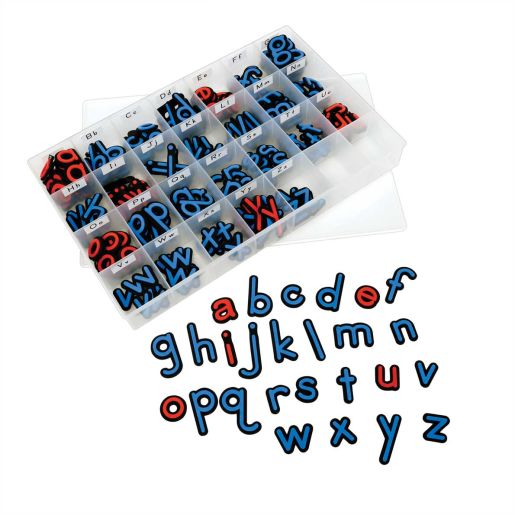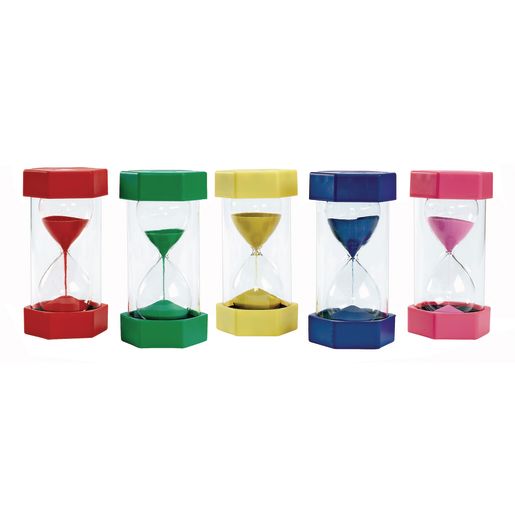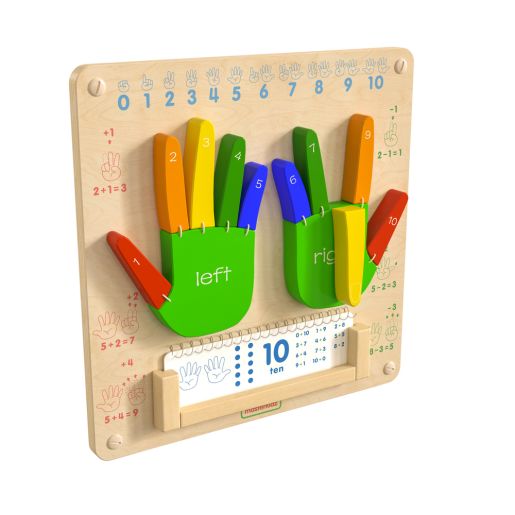Description
The EZread Soft Touch Expanded Magnetic Letters Kit provides homeschooling families with a comprehensive, hands-on literacy toolkit that grows with children from preschool through elementary years. This substantial 240-piece set includes three complete sets of 80 foam magnetic lowercase letters, thoughtfully color-coded with red vowels and black consonants to support visual learning and phonics instruction.
What Sets This Apart
The soft-touch foam construction offers a comfortable, quiet learning experience that’s gentler on magnetic surfaces than plastic alternatives. Each letter measures 1-2 inches and features proper manuscript formation, including both standard and serif forms of ‘a’ and ‘g’ to help children recognize letters as they appear in different fonts and books. The magnetic backing provides reliable adhesion to whiteboards, refrigerators, cookie sheets, and magnetic lapboards without sliding or falling.
Organized Learning Made Simple
The included 28-compartment storage case transforms what could be chaotic cleanup into an organized system that children can manage independently. Each compartment is sized to hold multiple letters, and the included alphabet stickers help children learn to sort and organize while developing responsibility for their learning materials. The sturdy plastic case measures 16″L x 10″W x 2″H, making it portable for kitchen table lessons, travel, or moving between learning spaces.
Educational Foundation
These letters align with phonics-based reading programs and support the science of reading approach many homeschooling families prefer. The color-coding isn’t just decorative—it provides visual cues that help children distinguish between vowels and consonants, making pattern recognition and spelling rules more intuitive. With multiple sets of each letter, children can build longer words, practice word families, and work on complex phonics concepts without running out of the letters they need.
How Homeschoolers Can Use This Product
Early Years (Ages 3-5) Start with letter recognition games during kitchen time or while dinner cooks. Children can match letters to alphabet books, sort by color (vowels vs. consonants), or practice finding letters in their name. The foam texture provides sensory input that helps kinesthetic learners absorb letter shapes. Use the refrigerator as a learning space for casual, repeated exposure throughout the day.
Beginning Reading (Ages 5-7) Transform phonics lessons into active learning experiences. Build CVC words (cat, dog, sun) using the visual support of red vowels and black consonants. Practice word families by changing just one letter (cat, bat, hat, mat), helping children see patterns in reading. The multiple letter sets mean siblings can work simultaneously or children can build compound words and longer phrases.
Spelling and Word Study (Ages 6-9) Use magnetic letters for spelling tests where children build words instead of writing them—perfect for children with fine motor challenges or dysgraphia. Practice sight words with hands-on manipulation, making abstract words more concrete. Create word sorts for different spelling patterns, prefixes, or suffixes. The letters work beautifully for rainbow spelling (arrange letters in rainbow patterns) and other multi-sensory spelling techniques.
Multi-Level Teaching When teaching multiple children, use different cookie sheets or magnetic boards so each child can work at their level simultaneously. Younger children practice letter identification while older ones build complex words. The generous quantity ensures everyone has enough letters for meaningful practice.
Flexible Learning Spaces The portable storage case adapts to any homeschool setup. Use letters on the refrigerator for casual learning, bring them to the couch for relaxed reading time, or pack them for car trips and waiting rooms. The quiet foam construction won’t disturb other activities or sleeping babies during multi-child homeschool days.
Special Needs and Learning Differences The tactile foam surface provides sensory feedback helpful for children with processing differences. Visual learners benefit from the color-coding system, while kinesthetic learners engage through physical manipulation. Children who struggle with handwriting can demonstrate spelling knowledge through letter arrangement rather than writing.
Creative Extensions Use letters for story creation, poetry writing, and creative word play. Challenge children to use all letters of one color to make words, or create silly sentences using specific letter combinations. The letters become tools for both structured lessons and imaginative play.





Reviews
There are no reviews yet.